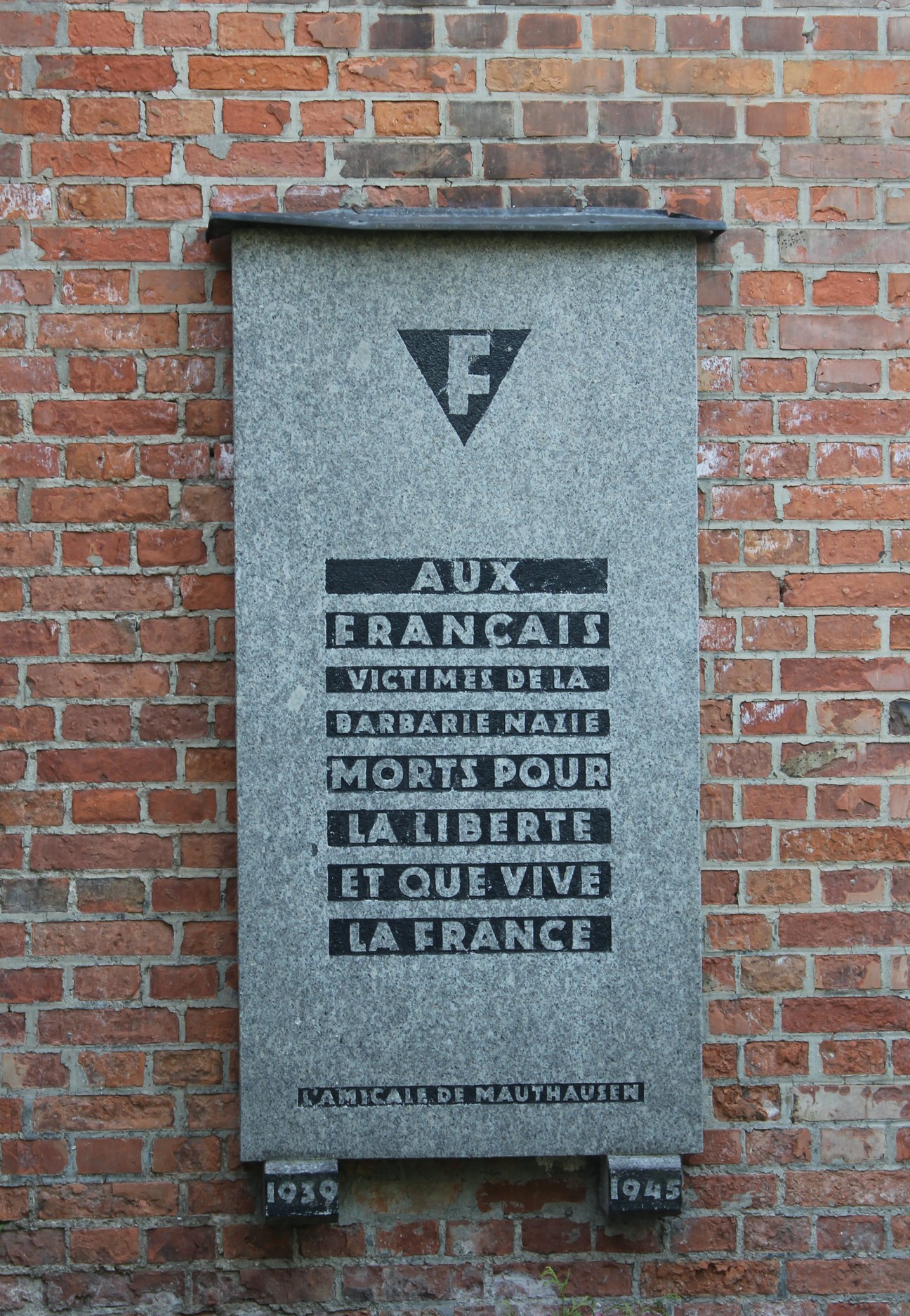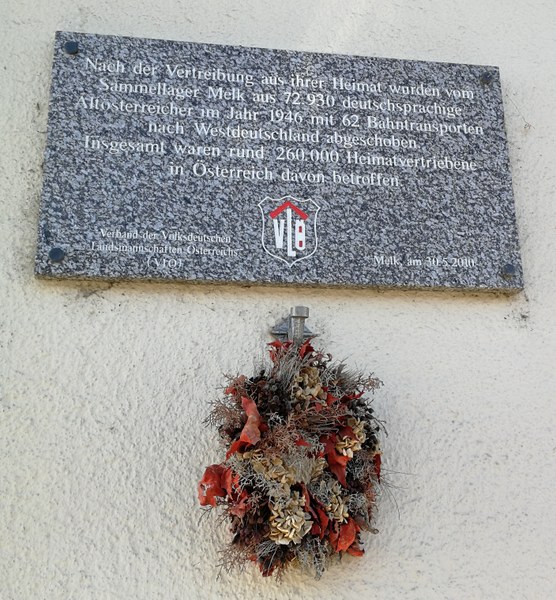Follow up II – memorial and tunnels

Upon their arrival in Melk the Red Army found the former satellite concentration camp deserted and used the grounds for a short time as a Soviet military base.
Between January 1946 and the end of 1948 the barracks were used as temporary accommodation for about 70.000 resettlers, ethnic Germans from Southern and Southeastern Europe (so-called “Volksdeutsche”), who were subsequently transported to Germany.

While the grounds of the barracks were used as a garrison again by the Austrian Armed Forces as of 1956, the area of the former crematorium was already in the first post-war years in danger of falling into ruin. This development attracted the attention of the Austrian Concentration Camp Association (KZ-Verband) in 1948, and the community of the French former concentration camp prisoners, the Amicale de Mauthausen, also criticized the bad condition of the building. Already in 1949 the Amicale put up a commemorative plaque during one of their “pilgrimages”. On 2nd July 1950 the town of Melk was put in charge of the premises on which the crematorium building is located – not least because of the intervention of Mr. Marie Émile Antoine Béthouart, the High Commissioner for France in Austria. In 1951 the Lower Austrian Concentration Camp Association started with maintenance work and installed the first Austrian commemorative plaque. Eleven years later the grounds were officially declared a public monument and adapted as a memorial. In the following years many more commemorative plaques were put up outside the building as well as in the crematorium room.
The scientific reflection about the history of the satellite concentration camp of Melk started only many decades later. In the 1980s Bertrand Perz dedicated his thesis to the camp history of Melk and afterwards he developed, together with Gottfried Fliedl, the first permanent exhibition in the rooms of the crematorium which can still be visited there today.
Make sure to visit „downloads“ where you find references and important general reading material (available in German, English, French and Italian) concerning the history of the satellite camp of Melk for a free download.